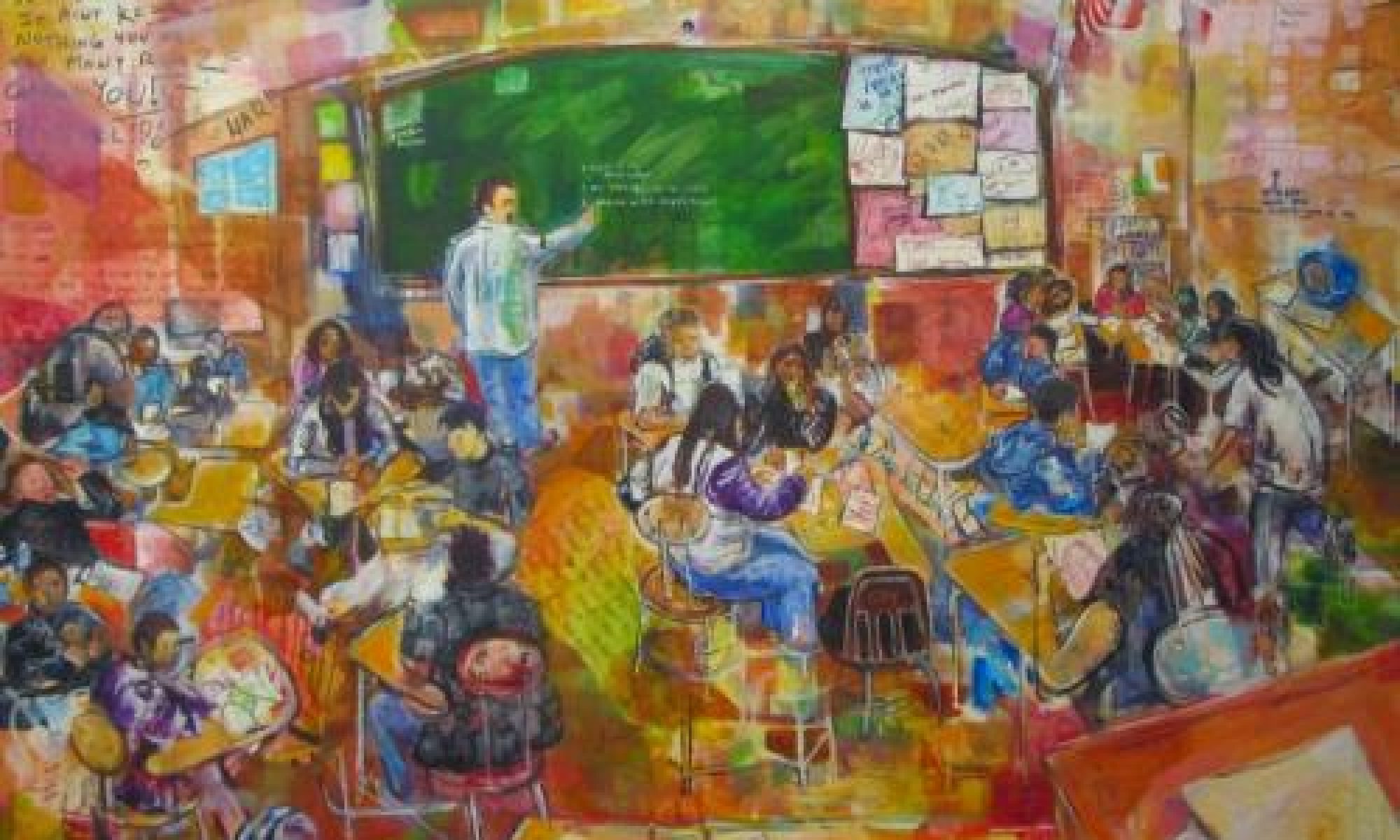The natural approach is a method of language teaching developed by Stephen Krashen and Tracy Terrell in the late 1970s and early 1980s. It aims to foster naturalistic language acquisition in a classroom setting, and to this end it emphasises communication, and places decreased importance on conscious grammar study and explicit correction of student errors.
Efforts are also made to make the learning environment as stress-free as possible. In the natural approach, language output is not forced, but allowed to emerge spontaneously after students have attended to large amounts of comprehensible language input.
The natural approach has become closely associated with Krashen’s monitor model, and it is often seen as an application of the theory to language teaching. Despite this perception, there are some differences, particularly Terrell’s view that some degree of conscious grammar study can be beneficial. The syllabus focuses on activities which Terrell sees as promoting subconscious language acquisition. He divides these activities into four main areas: content activities, such as learning a new subject in the target language; activities which focus on personalizing language, such as students sharing their favorite music; games; and problem-solving activities.
A more complete video:
Inspired by school-established summer reading camps designed to help struggling readers, Dr. Fay Shin and Dr. Stephen Krashen have built a research-based plan to guide schools in replicating this successful strategy. Written in a friendly style by two top scholars in literacy and ESL, Summer Reading: Program and Evidence provides a framework rooted in scientific data supporting how these programs succeed. By including standardized test scores as well as personal reflections from teachers and students on building effective summer reading camps, the authors motivate teachers to help students excel beyond the traditional classroom, promoting success from one year to the next.

